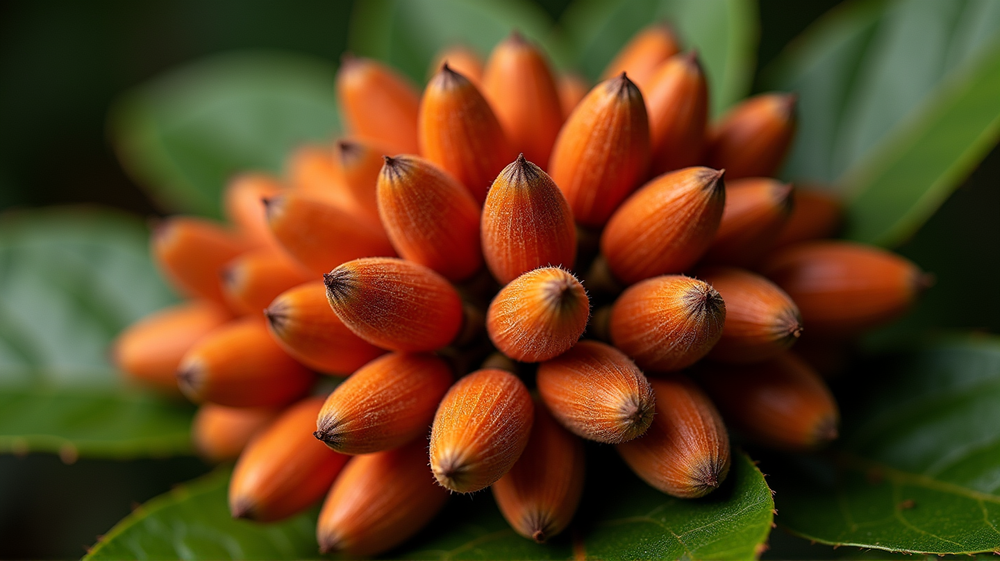Imagine a world where controlling blood sugar levels could be as simple as tapping into nature’s offerings. Recent studies have taken us a step closer to realizing this vision by unveiling the potential of tamarind seeds in diabetes management.
Unveiling Tamarind’s Hidden Power
Tamarind, known primarily for its culinary uses, harbors a lesser-known secret in its seeds. According to a new study conducted in Brazil, compounds extracted from tamarind seeds could be pivotal in managing blood sugar by targeting the enzyme α-amylase. This enzyme’s role is critical in breaking down carbohydrates, making its inhibition a promising strategy for glycemic control.
Science Behind the Seed
The researchers discovered that the trypsin inhibitor from tamarind seeds, dubbed TTI, can reduce the activity of α-amylase by over 37%. Such significant inhibition suggests a slower breakdown of carbohydrates, allowing for a more controlled release of glucose into the bloodstream. This finding points to tamarind seeds as a viable complement to existing diabetes therapies focused on insulin regulation.
A Peek into Molecular Mysteries
To comprehend the molecular ballet behind this interaction, scientists turned to computational modeling. They identified the peptides DTVHDTDGQVPL and TIAPACAPKPAR within TTI as key players in binding to α-amylase. The strength of these bindings, quantified by Interaction Potential Energy values, underscores the peptides’ potential in effective blood glucose management.
The Broader Implications
Notably, this research contributes to a burgeoning field exploring bioactive compounds in foods. Similar to how milk proteins offer antihypertensive benefits, tamarind seeds may soon join the ranks of nutritionally therapeutic agents. The study offers a fresh perspective on how we view food, not just as sustenance but as a medicine cabinet.
Looking Ahead
With the potential for strong bioavailability and stability of these peptides in the human body, further exploration might cement tamarind seeds’ role in diabetes therapy. This pioneering work lays the foundation for future studies and potentially new treatments that could transform the lives of millions dealing with diabetes worldwide.
The tamarind seed’s journey from a mere culinary ingredient to a promising contender in diabetes control is both exciting and hopeful. As stated in Natural Science News, this breakthrough could pave the way for more food-based solutions to chronic diseases, reshaping how we view the natural world.












